The Elder Scrolls franchise is quite old. It survived the DOS computer era, had its fair share of intros with live actors and got to the present day with one of the most successful RPGs in history, TES V: Skyrim, released for basically all platforms (you could probably even find Skyrim running on your smart fridge). And while we still don't have any news about the next game in the franchise, playing the previous ones can be a good way to adventure throughout the lands of Tamiel.
However, the question remains: is it worth this trip back in time? TES: Arena and TES II: Daggerfall are old, and it's actually hard to run these games on more current machines. You can find online emulators that run these games, but there's no guarantee that they're complete. TES III: Morrowind, released on the original Xbox and PC in 2002, is still available today, but with squared character graphics that make the game look quite dated, so it may not be as appealing to new players.
So, if the first 3 titles are so old that they may not be attractive to players nowadays and the fifth title has already been explored to exhaustion, why not play TES IV: Oblivion?
Released in 2006, Oblivion is one of Bethesda's most ambitious games and introduced a large part of the fanbase to the franchise. It was such a defining game for TES that there are debates about an official remake, not to mention the bold fan project Skyblivion – an aspiring attempt to remake Oblivion in the Skyrim engine, while also improving the dungeon design and other outdated elements.
But, until that's released, is it worth venturing into Cyrondil and playing the original TES IV: Oblivion? Let's discuss this game a bit and talk about whether it's worth starting to play it now in 2025 and, if you have any questions, just leave a comment.
Evolution Mechanics
Oblivion has one of the most broken level scaling systems out of any game: the "use to increase" system is present throughout the entire series, but putting it together with enemies that scale alongside the player's overall level results in a huge imbalance for players.
After watching the game's epic opening starring Patrick Stewart (Professor Xavier from the X-Men movies) as the Emperor of Cyrondil, we press the crouch button and discover that we have leveled up. Naturally, we proceed to crouch whenever possible after this discovery. And this happens all over again when jumping and watching the Acrobatics level increase.
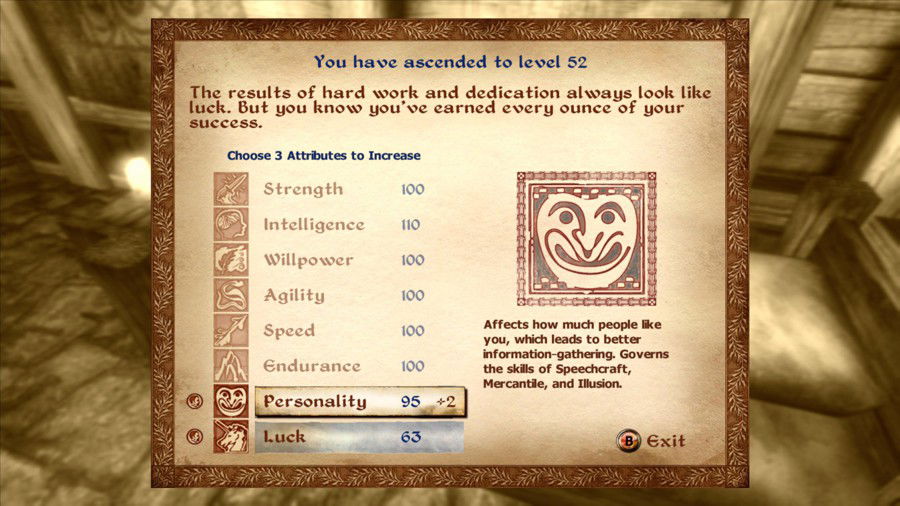
Things such as alchemy are also interesting and, at the same time, difficult to understand and improve, as you combine a piece of cheese and a cheese wheel missing a piece and somehow make a potion. However, it’s not worth making a lot of potions or carrying many ingredients because they fill up your inventory fast and, in a few minutes, you’re overloaded with weight in your backpack, unable to walk, jump or fast travel. The same goes for enchanting items, since you have to carry a lot of equipment to disenchant and learn the magic, before you can enchant an item of your own.
Of course, good dodging and stealth always seem like the fast way to overcome your enemies and, in the game, attribute levels contribute to the overall increase in the character’s level. However, when you’re being attacked by a high-level Daedra equipped with demonic armor during the battle of Kvatch and with nothing to defend yourself except acrobatics, stealth and negotiation skills, that’s when you notice one of the problems in the game.
When playing Oblivion, you'll spend a lot of your time roaming around the open world, running through grasslands, forests, and roads (which will increase your acrobatics and athletics) and, outside of dungeons or inside of Oblivion's portals, you won't encounter a lot of combat to level up your armor or weapon levels. And even inside the portals, you'll want to be stealthy most of the time since you don't want to be fighting multiple enemies at once.
So, when you get to a point where your enemies are on the same level as you, but their skills are big guns and heavy armor and yours are acrobatics and alchemy, you know you’re in trouble. Oblivion gives you the illusion of freedom of choice when in reality it punishes you for prioritizing non-combat skills and attributes.
Radiant AI
The NPCs, one of the game’s greatest innovations at the time, now also make Oblivion feel outdated to play thanks, in part, to the small pool of voice talents and repetitive lines that NPCs have programmed in. That said, we do have to give Oblivion credit for inventing the Radiant AI technology, even though it’s a bit rudimentary for being so new.
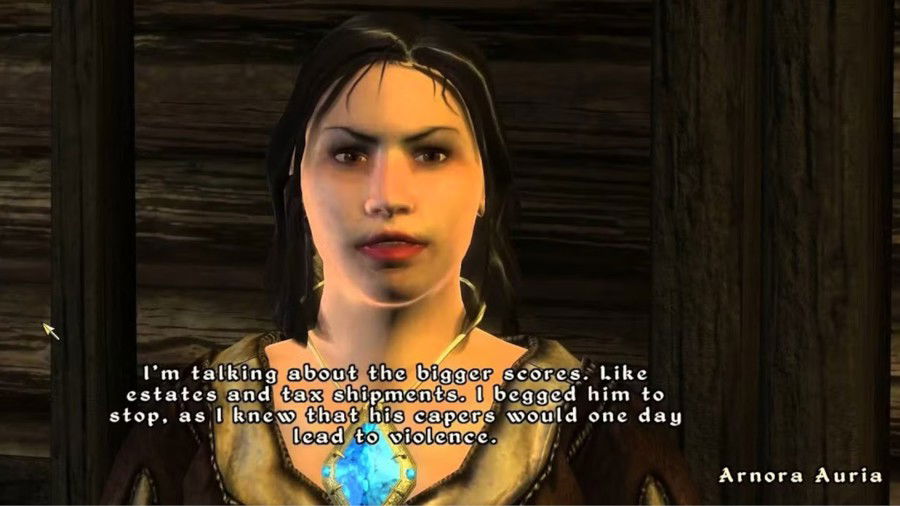
For those who don't know, Radiant AI gives all NPCs daily schedules to follow for a month, with regular sleeping times, places they eat breakfast and dinner at, who they talk to during the day, where they go and how long they stay there. This allowed players to plan ambushes and robberies since it was possible to predict where the NPC might or might not be. While it was a bit repetitive, Radiant AI remains one of the most revolutionary systems in gaming.
However, running into the same NPC only to hear them have three different voices and repeated dialogue certainly breaks the illusion of a living, breathing world. And that’s without mentioning how often an NPC would be accidentally killed or leave the game. Still, few games match the scope that Oblivion did in 2006.
Another innovative element of Oblivion was the new, at the time, physics engine called Havok, which allowed the player to manipulate everything from enemy corpses to sweetrolls. Shooting an arrow into a bucket and seeing how realistically the bucket reacted to the weight and force of the impact was impressive.
Even today, many open-world games lack this kind of realistic physics when it comes to ragdoll effects and manipulating objects in the environment, so this is still an area that can impress current players.
Open World
Of course, at the heart of any TES game is open-world exploration, and Oblivion didn’t disappoint. The majestic forests of Cyrodiil provide a good amount of density, spread out between cities, ruins, dungeons, Oblivion Gates, and various other unmarked places of interest.
The NPC schedules and the quality of the quests helped support Oblivion’s open-world exploration. However, despite being impressive, the environments were repetitive. Exploring a forest or an open field felt no different from exploring any other forest in the game.
But the dungeons in Oblivion lacked design and personality. Each dungeon felt more or less the same, with resources and traps randomly scattered throughout and no shortcuts back to the entrance, making exploration very linear. A complaint similar to that of Dragon Age 2, which came five years later.
The cities, on the other hand, were spot-on; each had its own personality and were relatively different from each other. You could tell when you were in the capital Cyrondil or in the city of Bruma, which bordered Skyrim. Each one had different details in their buildings, streets and the castles were varied, although it was difficult to explore without being arrested or stopped by a guard (the guards have some kind of crime detection “superpower”, as they appear even if you’re in a room alone with no witnesses). And that leads us to our next topic.
Combat
Combat usually makes up for some flaws in games, but that’s not the case for Oblivion. Like other Elder Scrolls titles, fighting in Oblivion is not good. Its melee combat consists of a basic one-two strike, heavy attack and block. Magic is more interesting, but still simple and with no viscerality.
You basically walk (or slide like as if you’re moonwalking) from side to side, pressing buttons, without knowing whether you’ve landed a hit or not, if you took a hit or not and, in the end, you die without realizing the amount of damage you took. Not to mention the stamina system, which decreases with each hit and needs to be managed to avoid running out.
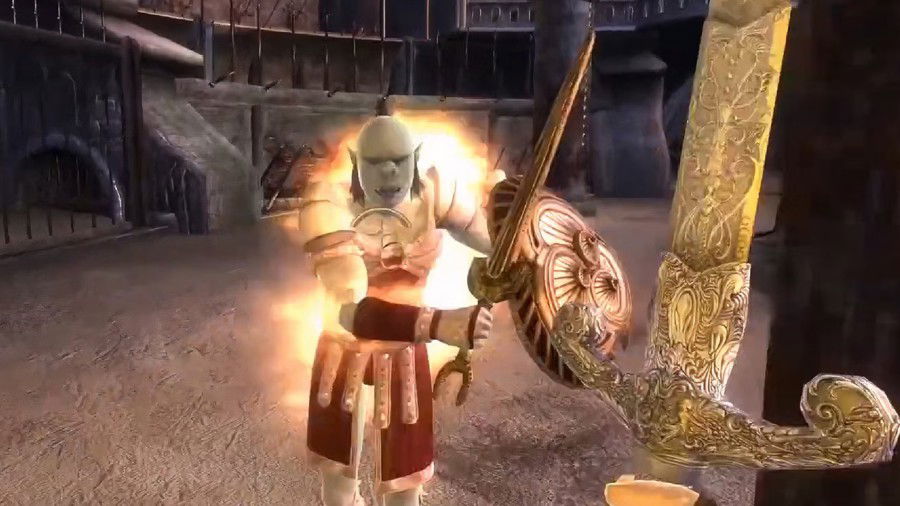
Another aspect that doesn't work very well is stealth. No matter how high your stealth is, enemies, guards, and NPCs will detect you. Even if you're naked and unarmed, you'll be seen and heard by NPCs. A fatal blow to an unsuspecting NPC is not possible in the game.
The magic part is more interesting and helps you more in combat, since you can throw fireballs and lightning bolts at enemies rather easily, as they can hit an enemy and cause considerable damage. Honestly, I never delved too deeply into the magic part of the game because it's a lot of work to level it up, so if you play a wizard in TES IV: Oblivion, leave your opinion in the comments!
Quests
In contrast, the quests in Oblivion are considered some of the most interesting and satisfactory in the series. The Dark Brotherhood quests, such as the party that becomes a real "Whodunnit"-style murder mystery movie setting, and the Shivering Isles DLC, where we can become an actual god at the end, are particularly noteworthy, but the game's main quest is also exceptionally great.
Oblivion’s main quest features the voice talent of Sean Bean (Game of Thrones’ Ned Stark and Lord of the Rings’ Boromir) as Brother Martin, the rightful heir to the recently murdered Uriel Septim (Patrick Stuart). Your interactions with Martin are well-written and, perhaps more importantly, serve to highlight HIM as the main hero of the story, rather than you and your character.
Oblivion is the only Elder Scrolls game that doesn’t suffer from “main character syndrome”—the repetitive Bethesda stereotype—where the entire story revolves around you.
Helping establish an heir to the empty throne is quite satisfying in Oblivion, and the supporting cast and scenery (such as the Daedric Prince Mehrunes Dagon stomping through the Imperial City) are just plain awesome. And at the end, you get to permanently close all of Oblivion’s gates by completing the main quest. Want a better reward than that?
Conclusion
Oblivion still has its charms today, with a revolutionary AI programming system, a beautiful open world, and some incredible big quests. Graphically speaking, the rubber-masked faces of the NPCs can be difficult to look at for long periods of time, but you can overlook them for the sake of a good story, and if not, there are mods that can help with that.
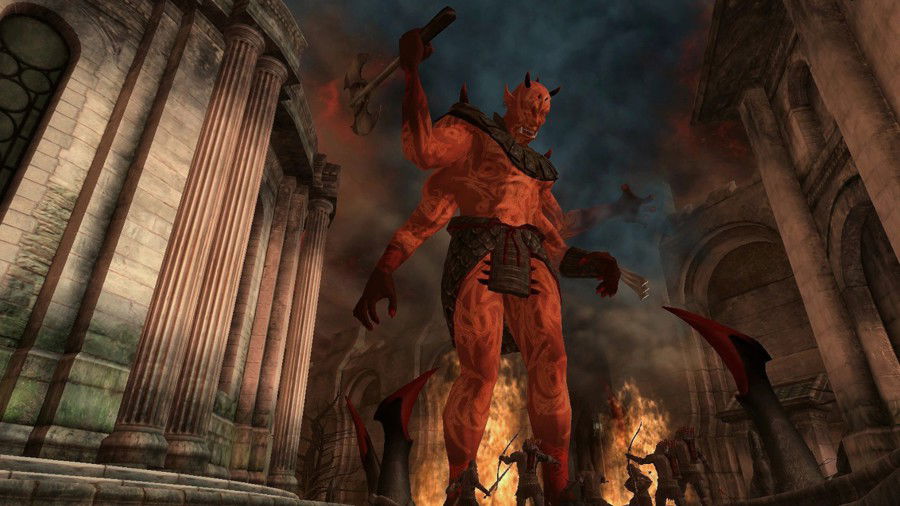
Clunky combat and frustratingly unbalanced leveling systems may turn some players from the game today. There are plenty of mods out there that improve aspects of the gameplay and graphics, so it warrants the question: is the game worth investing your time in? There’s clearly still a demand for an Oblivion remake, as evidenced by the support Skyblivion has received and continues to receive over the years.
So, maybe it’s worth revisiting this game, be it in its original form, with mods or playing the already available part of Skyblivion, as the Elder Scrolls universe and the kingdom of Cyrondil, capital of the empire, are worth a visit. And, judging by the trailer for the next game, we’ll probably visit the city again, so it’s worth getting to know the place before and after the influence of the Thalmors, isn't it?










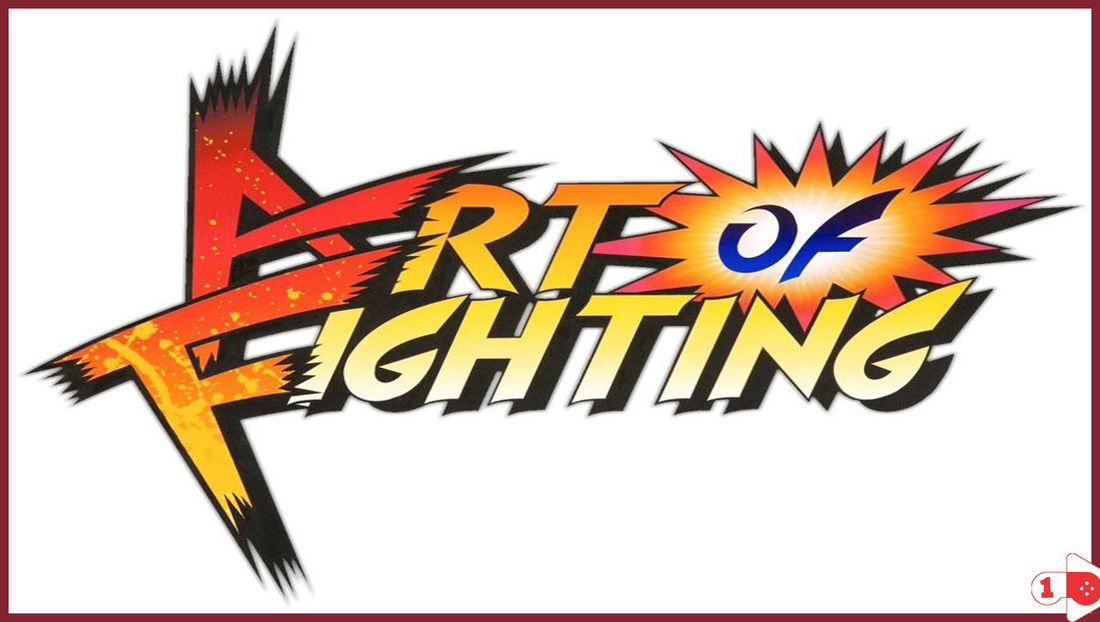

— Comments 0
, Reactions 1
Be the first to comment